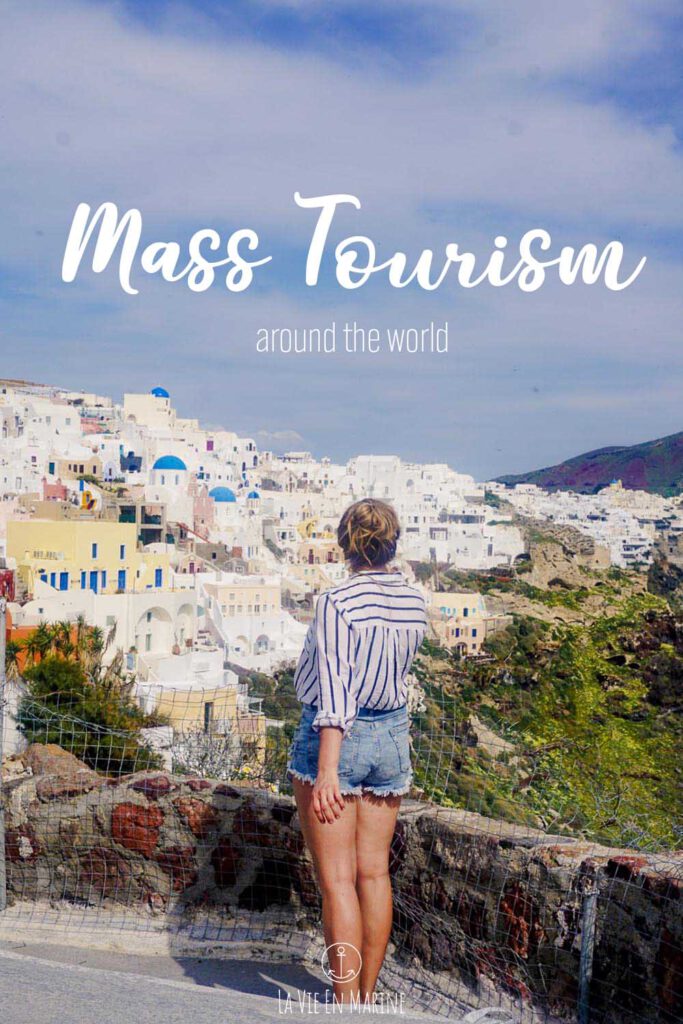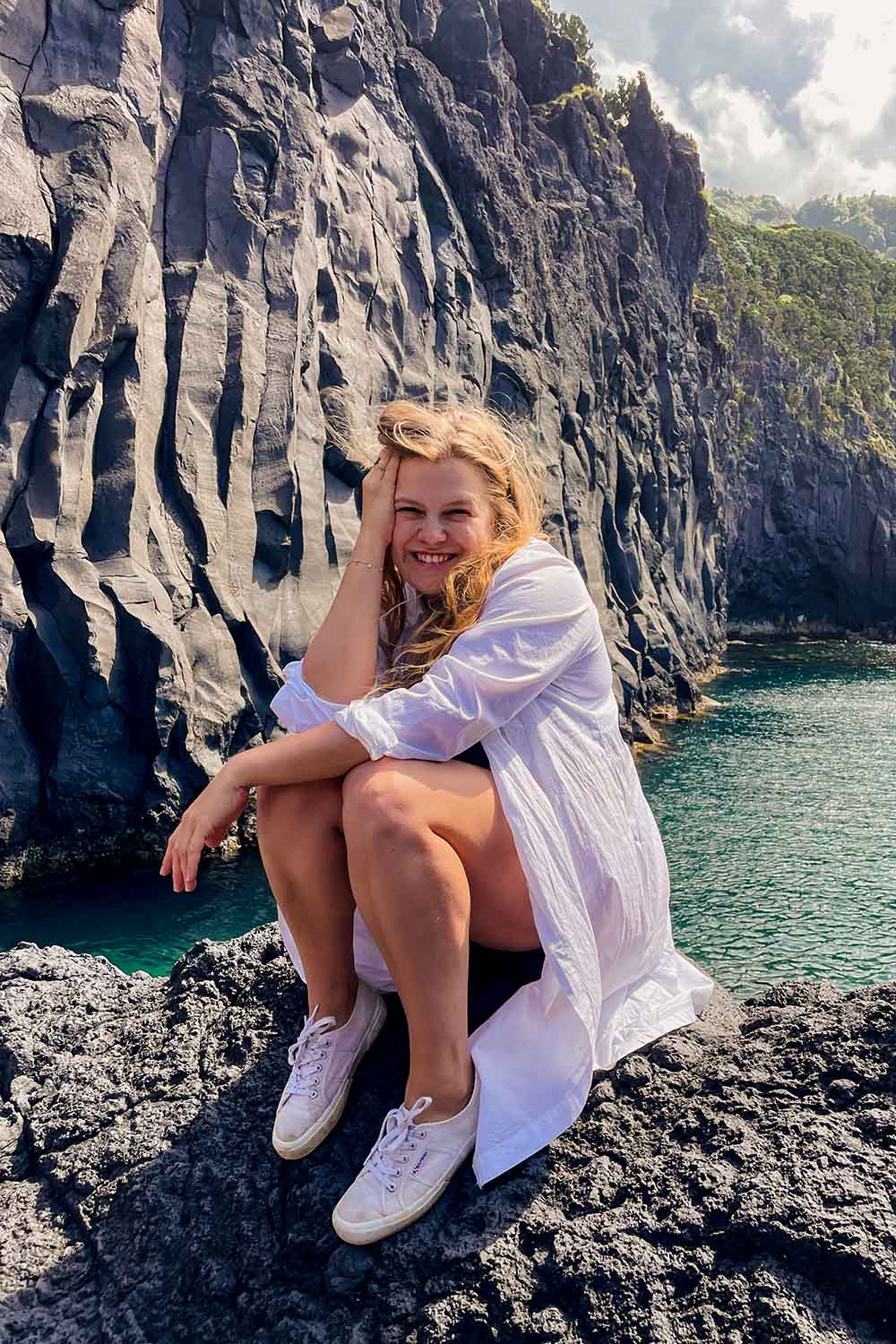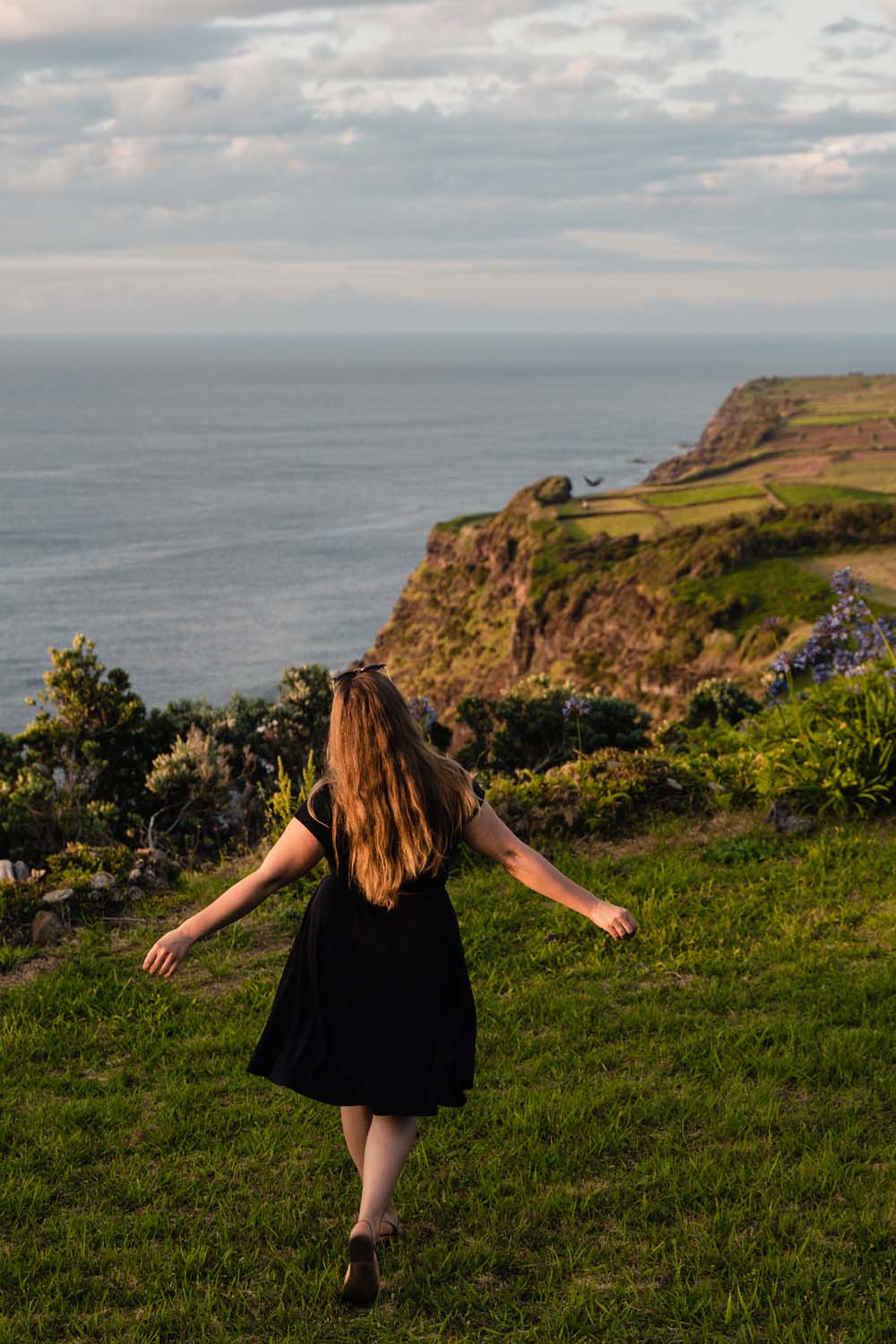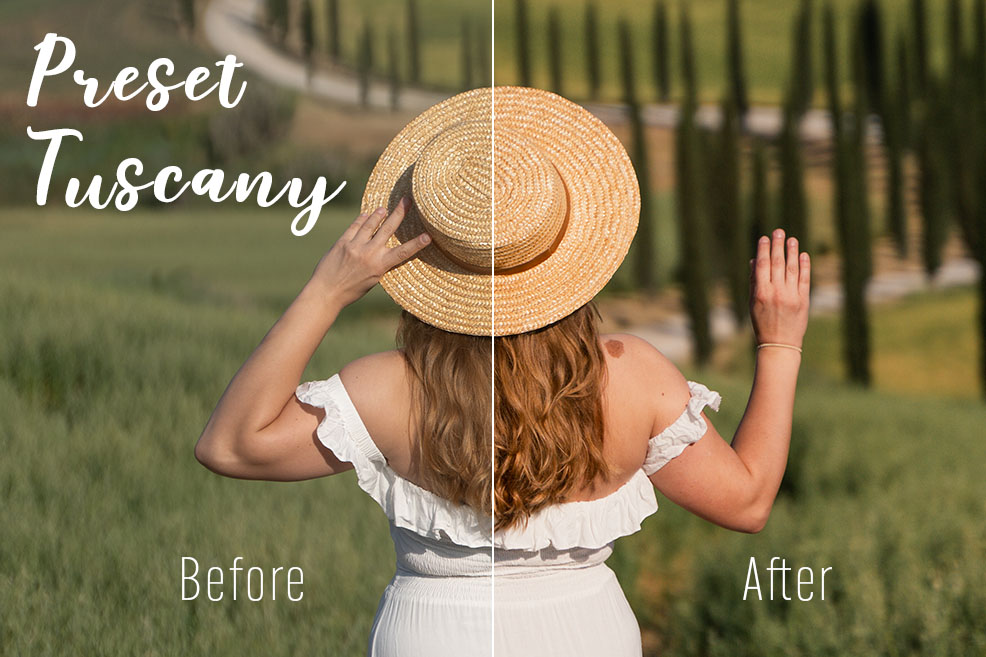Hello and Welcome Back! Lately, I was thinking a lot about mass tourism around the world. Especially after my trip to Santorini, I couldn’t stop thinking about the negative impacts, the tourist industry has on this world. As I always try to seek out places that are more or less of the Instagram radar I asked some fellow travel bloggers about their experiences from Instagram and famous hot spots around the world. The response was so incredible that I had to dedicate a whole post to all of their experiences.
La Vie En Marine on Santorini
First of all, I want to share my very own experiences on mass tourism. In March 2019 I went to Greece for the first time. I only considered Oía for my trip as I knew that during March, the small town of Oía isn’t so crowded yet. And I got really lucky as it really isn’t that crowded during March. At least I didn’t have to walk through a stream of tourists to get to the beautiful caldera. We could take all the pictures we wanted to take (OF COURSE without walking on people’s rooftops and churches.) We had a wonderfully serene experience visiting Oía. Until the sunset.
I don’t know where everyone came from suddenly, but when we got out to watch the sunset, we were surrounded by a huge mass, who all gathered to see the same sunset as we did. Soon we felt claustrophobic and left.
In Oía I could only see a glimpse of the impact, tourism has on this beautiful town. Nevertheless, the locals fight for their privacy by placing signs advocating for it. Still, you see that they are also building more new hotels, preparing for more tourists to come.

Veronika from Travel Geekery on Prague
Prague has changed a lot in the last 3-5 years and while it’s been for the better in many ways, tourism is becoming unbearable.
I know Prague City Tourism and the whole CzechTourism are doing all they can to show tourists there’s more to the country than Prague. But can you blame somebody who’s never been to the magical city of a hundred spires for wanting to go see it with their own eyes?
I’ve lived in Prague for well over a decade, ever since I came to study at a University. Of course, there have always been tourists, but back then you’d never experience summery streets of the Old Town clogged to a halt. Prague’s historical city center is limited in size and it shows.
Strange businesses have sprung up. And the local tourism board now has to deal with giant pandas and polar bears posing for money at the Old Town Square. With a recent ban on Segways, there are now electric scooters scattering the city. The more tourists, the more scams and doubtful business practices. At least that’s how I feel it’s impacting Prague.
Also, the increasingly hotter summers in Prague are becoming unbearable due to the lack of A/C. Add crowds to that and you may expect a horrible travel experience in July and August.
There are ways to come to Prague and enjoy it. E.g. to come in the off-season (especially November, January, February). And visit the historical center early in the day and focus on other beautiful areas in Prague further from the city center.
Jessica from A Wanderlust For Life on Amsterdam
Living as a local in Amsterdam has its challenges due to over-tourism. Prices are high, the streets are full, and visitors use the bike lanes as sidewalks. But the biggest thing we struggle with is the cost of housing, and housing being available to rent long-term or purchase.
Airbnb has been in talks with the city of Amsterdam so that nobody can list their home for more than 60 days per year. The city has recently reduced that number to 30 days but Airbnb will not enforce that. Why is this an issue? Because Airbnb was created so that you could make some money while you were on your own vacation by renting out your home. In Amsterdam and many cities like it, people and companies are purchasing home to use for short-term rentals instead of allowing people who live in the city to rent or buy them.
We bought our home because we had to leave our rental property and we know that A) the market for finding a home is incredibly hard and B) those who do rent long-term have rents that are ridiculously high. Owning a home is cheaper than renting…if you can find one to buy.
How can a visitor help? Try to stay in a hotel or hostel. And stay in neighborhoods away from the center or even a nearby town! There are lovely places to stay with great prices for hotels and actual B&Bs. Check Monnickendam, Haarlem, Volendam, and Zaandam. All have excellent connections to the city of Amsterdam.
See more of Jessica’s adventures on her Youtube Channel!
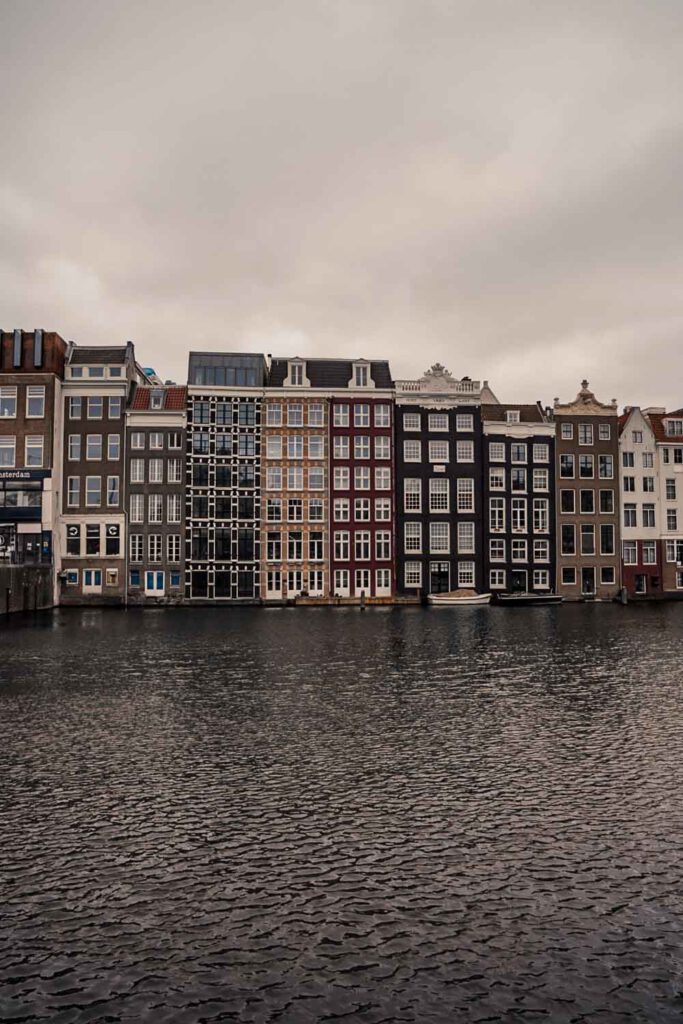
Max from Dame Cacao on Seoul
The city of Seoul is the center of Korean pop culture. Visitors from all over the world have made a pilgrimage to one of the city’s cosmetics counters or concert halls to experience Korea firsthand. After three years living just outside the city, I’ve seen the difference a few million foreigners make. And it’s strange to say the least. Up until 2016 (the year I moved there), the number of Chinese tourists was still on the rise. Most visitors from the mainland are attracted to the clothing and makeup industry.
But with the rise of K-Pop (Korean popular music), the number of visitors from outside of East Asia shot up almost overnight. Rather than a peak of visitors every fall and spring, in accordance to regional holidays, tourism in Seoul has become a year-round business. This hasn’t replaced Asian tourism but merely added to it, altering the face of foreignness for locals, as well as the type of tourism people, are looking for. Crowds have begun accumulating in public places as well as in less popular domestic destinations, such as the infamous DMZ (demilitarized zone). Once seen as a daring trip, of no interest to Korean, visiting the DMZ has become a commonplace day trip for people of all ages. While this is a relatively safe activity at the moment, it’s forcing locals to reassess what limits they need to put up to balance sharing their culture with exploiting historical conflicts.
Chantell from Travel For Your Life on Indonesia
I first arrived in Bali in Indonesia in June 2015. It was a very different place then. There was already a lot of tourism in Kuta and Seminyak as it’s been an Australian holiday hotspot for years but it hadn’t yet become land of the Insta-famous.
The photos people post on Instagram of Bali, and the surrounding islands look incredible, from multi-colored smoothie bowls to the beautiful Gates of Heaven with seemingly glistening water underneath (Spoiler alert: it’s not water. It’s a guy with a mirror. The actual site looks nothing like the photos).
So Millennials flocked to Bali. And the café’s with the beautiful walls and whitewashed décor increased. As a result, every day the incredible natural landscape of Bali and the beautiful character disappears a little bit more as it becomes a homogenized mass of good places to get those all-important Insta shots.
Sadly the madness doesn’t stop once you leave the island of Bali either. It’s seeping out into all the lesser know islands around now too. If you go to Padar Island, you know THAT one from the photos, you’ll see hundreds of people dressed up, getting hundreds of photos taken of themselves with outfit and hair and style changes galore.
No one’s even looking at the view; they’re just trying to work out how to take a photo that doesn’t show how overcrowded and unpleasant of a spot it is to visit now.
There’s nothing wrong with trying to take a beautiful photo but what types of experiences and adventures do we risk missing out on if we base our travel solely on where we’ll get the most beautiful photo?
Ellis from Backpack Adventure on Petra, Jordan
Jordan is one of the safest countries in the Middle East and therefore it has become a popular destination in recent years. For good reasons, because Jordan is an incredibly beautiful country. One of the highlights is Petra; the ancient Nabatean capital carved out of the red sandstone rocks. Almost everyone that comes to Jordan will visit Petra.
My reason for wanting to visit Petra were stories of my mother who visited Petra years ago. Stories of Bedouin hospitality and ancient ruins in a spectacular landscape.
In 1985, Petra became a UNESCO World Heritage site and the Bedouins had to leave their cave homes. A new town, Um Sayhoun, was built for them. There were mixed feelings about this decision. It was an uneasy exchange in which Bedouins received housing, but had to give up their traditional lifestyle herding goats in Petra.
However, with the increase of tourism, it was inevitable that their lives would change. When I finally went to Jordan in 2018 I didn’t find the Petra my mother talked about. The Ruins and the landscape are still beautiful without a doubt, but the Bedouins no longer live in caves or herd goats. The people that were once self-sufficient are now completely dependent on the tourist economy.
‘Traditional bedouin culture’ is now something that tourists can buy to see, but in reality, their daily life is a far cry from what it once was. Um Sayhoun is now an overpopulated town and competition over tourist dollars is fierce.
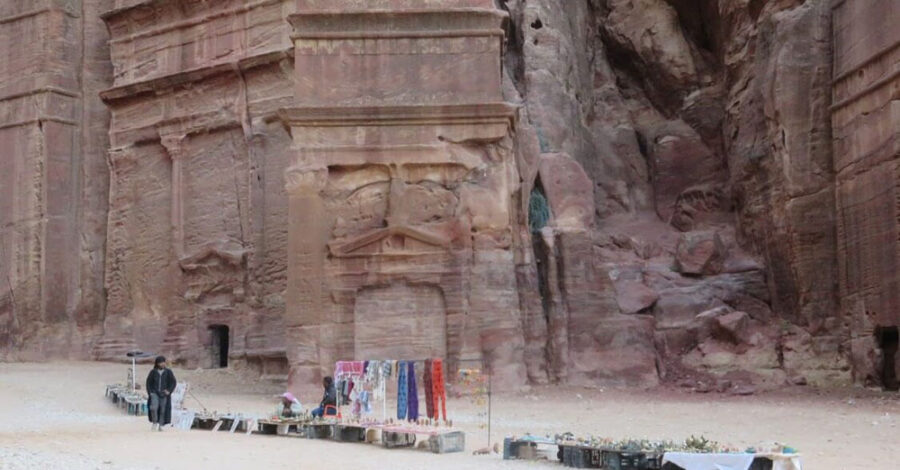
Claire from Claire’s Foosteps on Thailand
Thailand has sadly been a real victim of overtourism in the last few years. Some travelers and tourists flock to places like Pai, Ao Nang, and Koh San Road in Bangkok and use foreign-owned businesses, don’t respect local customs, and litter the place with single-use plastic and other trash.
Some of these places are a really sad sight. Recently, after traveling from Krabi to Bangkok on a night bus, I arrived in Koh San Road at 5 am. And couldn’t believe the amount of rubbish that had been accumulated from just one night of partying.
In Ao Nang, I spoke to a local who told me about how many people had been driven out of their town and weren’t making money due to foreign investors in the area. They’d designated part of their town ‘the tourist area’ where Thai people don’t even want to go anymore.
Despite this, I don’t think tourists should boycott Thailand. The Land of the Smiles still has so much to offer people and many locals do rely on tourist income. But we should be more sustainable about where we spend our money, make sure we use local businesses, and cut back on single-use plastics.
It’s also a great idea to include some less-visited destinations in your Thailand itinerary, where tourism is welcomed. This could include islands like Koh Chang, the magnificent northern city of Chiang Rai, and more offbeat areas of Bangkok.
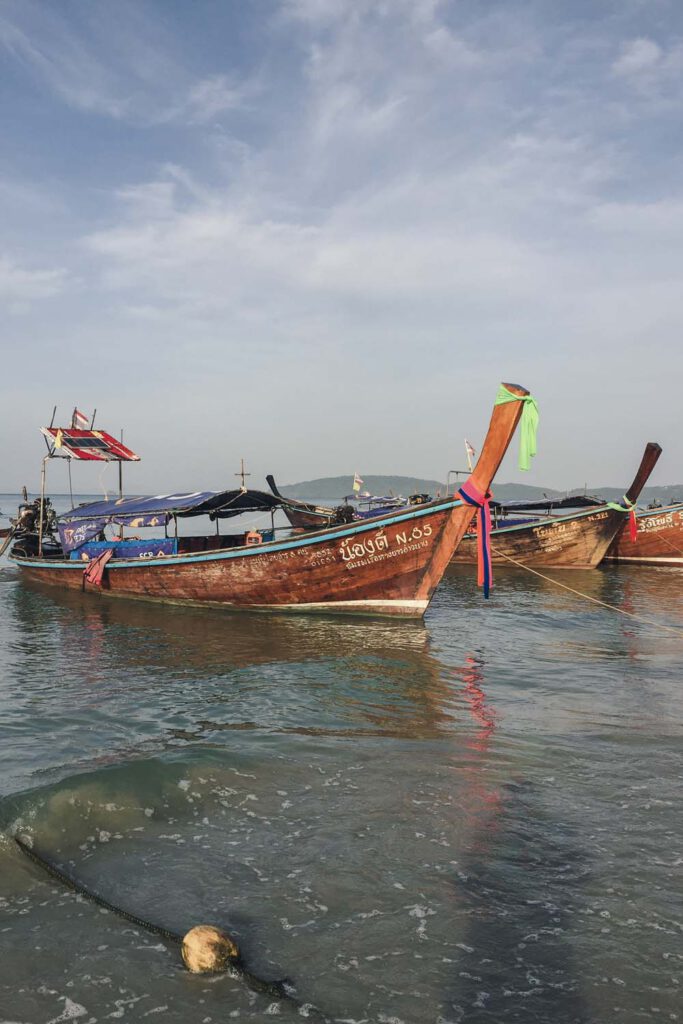
Steph From Wordly Adventurer on Machu Picchu
You climb the final few steps up to the Sun Gate, ready to absorb the morning’s rays as the sun breaks over Machu Picchu. You’ve anticipated this moment for the past four days as you’ve hiked the Inca Trail, following in the footsteps of the Inca themselves. But, as the sun rises and this historic archaeological site begins to fill with others, you realize there’s something off. The view across the site from the postcard shot below the Sun Gate proves what you heard before: there are now 5,600 visitors descending on the ruins each and every day, clogging up the pathways and stalking the llamas for a photo for the ‘gram.
When you actually stop and think, you get the feeling that we’re probably loving this place to death. Even though the government capped daily visitor numbers last year and has introduced four-hour tickets – as opposed to allowing you to roam freely across the site at will for a whole day – there’s the real sense that unless something radical changes, this iconic, 15th-century world monument might not see it through the next few centuries.
If you truly want to protect Machu Picchu and help combat overtourism, consider finding other parts of ancient Peru to spend your time. Kuélap, in the Amazonas region, is nowhere near as impressive as Machu Picchu, but it’s evidence of a more ancient – and equally mountainside loving – culture as the Inca. Nearby Choquequirao, an Inca site vastly larger than Machu Picchu but still not fully uncovered from the jungle, is another such place. Here, you can guarantee to find yourself alongside a dozen or so other visitors – not five thousand.
Amber from Food And Drink Destinations on Barcelona
Travelers to Spain often flock to Barcelona because it is always at the top of every list of most popular tourism destinations. The result is that over the years, Barcelona has also been the poster child for mass tourism. The number of tourists continues to rise, including many European cruise ships that arrive each week.
Tourism is also focused on a handful of neighborhoods, making the neighborhoods too expensive to live in. The Catalan government-funded extensive research into what can be done to make the city more livable for locals and sustainable for tourists. What this means is that during the peak season, foot traffic is unsustainable in many neighborhoods. Petty crime is on the rise.
Most noticeable is that some of the best markets and local restaurants are becoming more touristy. La Boqueria, once one of Europe’s best fresh food markets is now only for tourists because shopping is too expensive for the locals. The same goes for housing, where locals have engaged in a huge backlash against Airbnb and other tourist apartments. Try visiting an alternative, nearby destination. Girona is a small Catalan city only 38 minutes by train from Barcelona and makes a great day trip or overnight stay from Barcelona. It’s a medieval city, with amazing architecture and authentic Catalan cuisine. By visiting a nearby city or region it helps to spread the wealth and the tourism dollar and gives a more authentic experience.
Alyse from the Invisible Tourist about Kyoto
Even as little as 5 years ago, mass tourism to Kyoto wasn’t really a “thing”. It was so lovely to stroll around the centuries-old paved streets lined with traditional buildings without rubbing shoulders against other tourists.
Sure, Kyoto has always been a popular destination to visit in Japan, especially for first-time visitors. But these days, even in the low season a stroll down these same streets is nothing but a nightmarish shuffle.
The contributors to this problem in Kyoto stem from a few factors: The rise of social media in recent years, extensive promotion by tourism boards, and travel becoming accessible to more people due to an increase in Asia’s middle class.
There have been quite a few issues caused by overtourism in Kyoto, from UNESCO sites being defaced to geisha being harassed on their way to work. In the popular area of Gion by the picturesque streets of Sannenzaka & Ninenzaka, I witnessed about 42 coaches sitting in a parking lot. Each of these coaches was capable of transporting about 50 people each, just for a day trip – that’s over 2,000 in this small area of Kyoto at any one time.
Hordes of tourists emptied out of these coaches like a swarm descending on the town. They were loud, pushy, and completely unaware of locals trying to go about their daily lives. Taxis and local cars had a difficult time navigating through residential streets, dodging oblivious tourists sprawling out into their path.
Traveling in an unsustainable way does not make tourism a nice experience for anyone. If you’re planning to visit Kyoto, especially Gion, extend your stay by a few days so you can head to popular spots outside of busy periods. The traditional streets are still nice before 10 am or after 6 pm once the day-trippers have gone!
Hanna Thomas from Solar Powered Blonde on Venice
I was really very excited to go to Venice; I had seen photos of people standing in the main square early before everyone had arrived. What I didn’t realize is what a small window of time there really is before the masses of people arrive! Venice has been one of the busiest places I have ever visited. One morning I decided to get up for sunrise to take some photos before anyone else was awake. Apart from the smell, as this was the day they decided to take the sewage away, I was pretty much alone in the city.
However, as I reached the Piazza San Marco, the queues started to form. People were already queuing from well before places even opened. I wanted to climb the tower in the Main Square and thought 10 minutes before it opens would be ample time but I was also wrong. I managed to be in the first lot of people but already people were fighting over spaces to take photos. Luckily, most of the tourists stay right in the center of Venice and don’t venture out too far. For me, this was great as we were staying a bit further out and it was really peaceful! Burano nearby was also very busy, which I expected as it is now very instagrammable.
The top tip: Go early to anywhere that will be busy, otherwise, just venture out of the main center. Here there were also lots of lovely canals and definitely not as many people!
Sheri from Wander Libre on Siem Reap
In 2016 my husband and I took a few months to backpack through Southeast Asia. A break from our typical travels involving motorcycles, 4-wheel drives, and bicycles. We first visited Southeast Asia in 1999 and instantly fell in love with the people, the culture, the food (oh, the food), the history, the architecture, and so much more. One of the highlights of our travels back then was to Siem Reap and the temples of Angkor. An other-worldly complex that stretches over 400 square kilometers. I remember reading a National Geographic article as we planned our 1999 trip and being mesmerized by photos of temples surrounded by jungle, being overtaken by beautiful strangler figs.
I was captivated and couldn’t wait to visit. When we arrived back then, we saw a dusty, sleepy town with one luxury hotel and a few cafes. We explored the temples of Angkor in blissful solitude for 3 days, feeling its magic at every turn. Just us and the choir of cicadas, and maybe a few other tourists. It was everything we had hoped to experience.
Siem Reap in 2016.
Fast forward to 2016. On our return trip, we visited the temples of Angkor Wat again as we backpacked our way across the region. We set out from Bangkok on a long bus journey to Siem Reap, eager to visit this magical place one more time. I remember the bus coming to a stop on a street lined with luxury hotels, high-end boutiques, and fancy restaurants. Not sure where we were, I asked the person beside me, stunned to learn we had just arrived in Siem Reap. Foreign tourists in every direction and dozens of new hotels, spas, shops replaced the once quiet, charming, dusty town. I couldn’t help but wonder – who shops for luxury handbags beside ancient temples?
The following day we set out in our tuk tuk to visit the temples. What we found wasn’t a place of solitude, rather a place that suffers from mass tourism. To preserve the temples and accommodate the number of visitors, the temples have been altered. Wooden platforms and walkways, and steps have been installed. Furthermore many of the places we freely explored years ago now roped off. Instead of taking in the surroundings in quiet reflection, we found ourselves taking in the tourists vying for the best selfie location, loudly barking instructions to their partner on how to compose the best shot. Simply, the masses of people were choking the temples. Sadly, we walked away feeling like we had just been to a theme park instead of an ancient treasure. We feel fortunate that we had the opportunity to experience these special temples before the influx of tourism. And furthermore we hope that the Cambodian government can find a way to manage the masses before it’s too late.

Sophie from Sophie’s Suitecase on Cinque Terre
Unlike most assume, Cinque Terre is not a town itself. In fact, it is a string of centuries-old seaside villages on the rugged Italian Riviera coastline. In each of the 5 towns, colorful houses and vineyards cling to steep terraces. Harbors are full of fishing boats and trattorias turn out seafood specialties along with the Liguria region’s famous sauce, pesto.
However, mass tourism has made this adorable town on the coast of Italy a nightmare in the summer months. With winding streets, no parking, passageways suitable for the odd farmer, the area has been ruined for locals and tourists alike. And with the popularity, the prices have also sky-rocketed with hotels reaching into the hundreds and tours around the region also being pricey.
These are all the impressions I gathered. As a tourist, we should all take more responsibility. Not only by choosing our destinations wiser but also by choosing our timing better. Do some research on when these places are in high season. And then don’t go there during high season. The world offers so many beautiful destinations, and most of them are not overrun by tourists yet.
Liked This Post? Make Sure to Pin it for Later!
